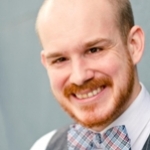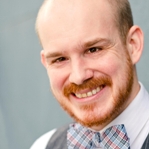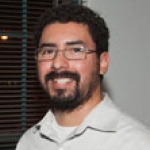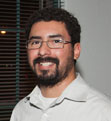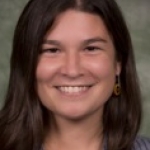
Rafael Otto
Seeking Bridges: Arts & Education on the Edge of Change
Posted by Apr 15, 2013

Rafael Otto
PDX, Stumptown, the City of Roses, Portlandia, Bridgetown. All of these offer a glimpse into my “second-tier,” west coast city—Portland, OR—nestled between majestic Mt. Hood and the brisk and rugged Pacific coast.
After four years away I’m back with a fresh perspective, a renewed commitment to the arts, and a job that gives me an unparalleled perspective into the world of education across the country.
I also have a vested interest in the educational system here—my daughter entered kindergarten last September. She is now a student in the Portland Public School District, Oregon’s largest district, in a state that has the fourth-worst graduation rate in the country.
As a father, I cringe at stats like that. I worry about the quality of her education, especially when we emphasize assessment and test scores over creativity and collaboration.
As a writer and researcher working in education, I know we can do better.
As an artist, I see that Portland’s system of education has failed to harness the very best of Portland’s innovative and creative talent.
Read More

